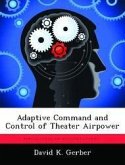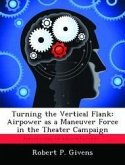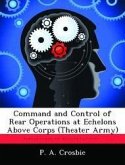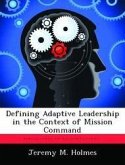he Air Force doctrinally advocates centralized command and control (C2) with decentralized execution as the best means to concentrate force on any facet of an enemy's power. Although there are historical examples of effective command and control that have been less centralized, the USAF views decentralization as the cause of inefficient and suboptimal use of airpower. Trends in modern business, government, economics, science, and computer and communications systems suggest that it is appropriate to develop predominantly decentralized C2 methods to enhance the current doctrine. Two broad-based tools assist the development of the expanded spectrum of C2 options. First, this study develops a conceptual framework and describes eight interconnected subject areas to consider in describing a C2 system. Second, the author also describes the new science of complexity theory that provides interdisciplinary viewpoints to assess and enhance the adaptability and responsiveness of command and control.
Hinweis: Dieser Artikel kann nur an eine deutsche Lieferadresse ausgeliefert werden.
Hinweis: Dieser Artikel kann nur an eine deutsche Lieferadresse ausgeliefert werden.








